“To make ‘documentary’ work (or to work in that genre at all) often stems from the desire (although it may not be fully conscious) to present a specific vision of the world as objective fact.”
ASX asks artists a single question, Cameron Van Loos begins with Gregory Halpern, April 2013
Cameron Van Loos: How do documentary ethics function within your photography?
Gregory Halpern: To ask what one’s ethics are when making photographs of other people is as complicated as asking what one’s ethics are in general.
I should start by explaining why I don’t call my work documentary. To begin with, the way the word “documentary” is understood by still photographers, particularly in the US, is extremely limited and strict. The second is that I am not primarily motivated by the desire to “document” things. I am motivated more by the desire to create things, to make photographs that rely on things/facts found “in the world” but that are then shaped and altered according to my vision of them.
I am too distracted by a specific set of interests to say that my work documents anything other than my own preoccupations. In places, I borrow from the documentary tradition/aesthetic, but the work resides in that gray area somewhere between the “documentary” and “fine art.” Photography is a highly edited, subjective vision of the world, but the medium presents itself—and is often misused by photographers—as a form of objectivity. There is, of course, no way to make objective documentary work, and any attempt to do so is flawed, misleading and disingenuous. But the fact is that the motivation to make “documentary” work (or to work in that genre at all) often stems from the desire (although it may not be fully conscious) to present a specific vision of the world as objective fact. Not only is such a working method manipulative, it presumes a lack of agency and visual sophistication on the part of its viewer, who is asked to accept the photographer’s truth in its entirety.
One of the great pleasures of looking at art is in being an active reader, in piecing together the meaning of the work. Of course, I want the artist to have feelings, and to hint at them, but if he or she wraps it all up too neatly, not only do I feel force-fed the meaning of the work and condescended to, but I question the wisdom of an artist whose work implies he or she is capable of understanding it all. The best documentary work is as complex as its subject matter, does not attempt to fully resolve itself, and forces the viewer to interpret the work and engage with the subject matter independently. Filmmakers Dziga Vertov and Werner Herzog come to mind. Why no still photographers? Because the best still photographers have fled from any association with “documentary” as the field has become increasingly parochial, stiff and old-fashioned. Still photographers are the most conservative and least ambitious of visual artists because they are tethered to the photojournalistic tradition and to the general public’s misunderstanding of the medium as a tool of faithful communication. For documentary to be born again, those practicing it and those looking at it must accept that truth cannot be found or created within its bounds, only art.
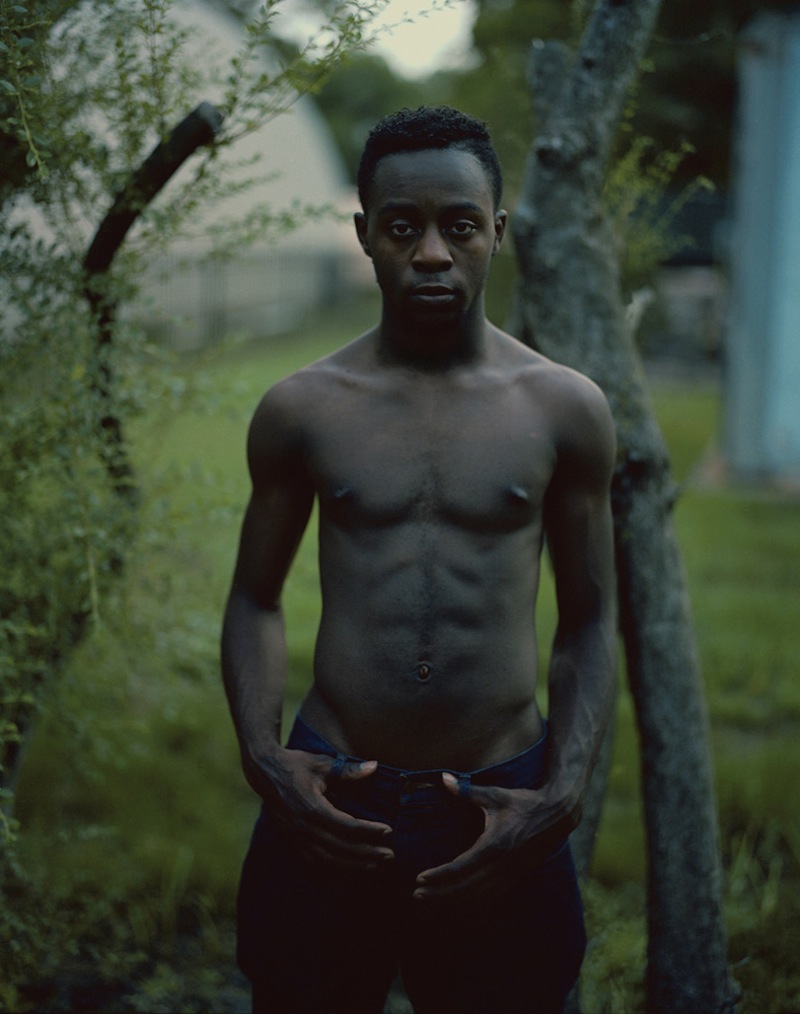
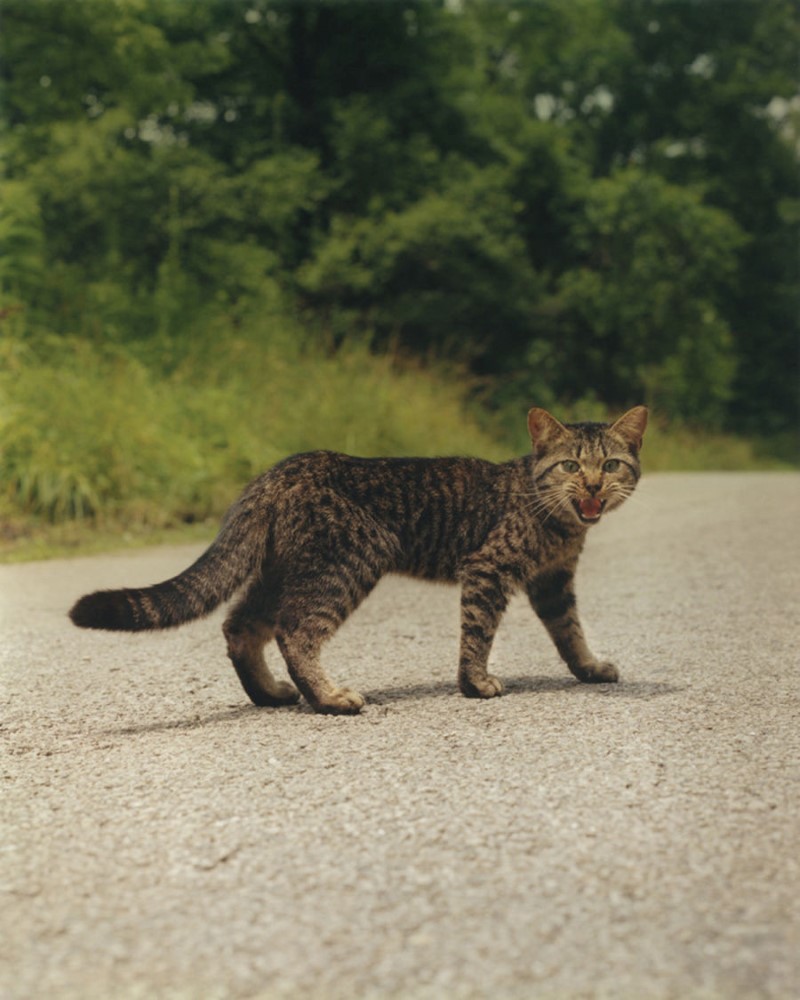
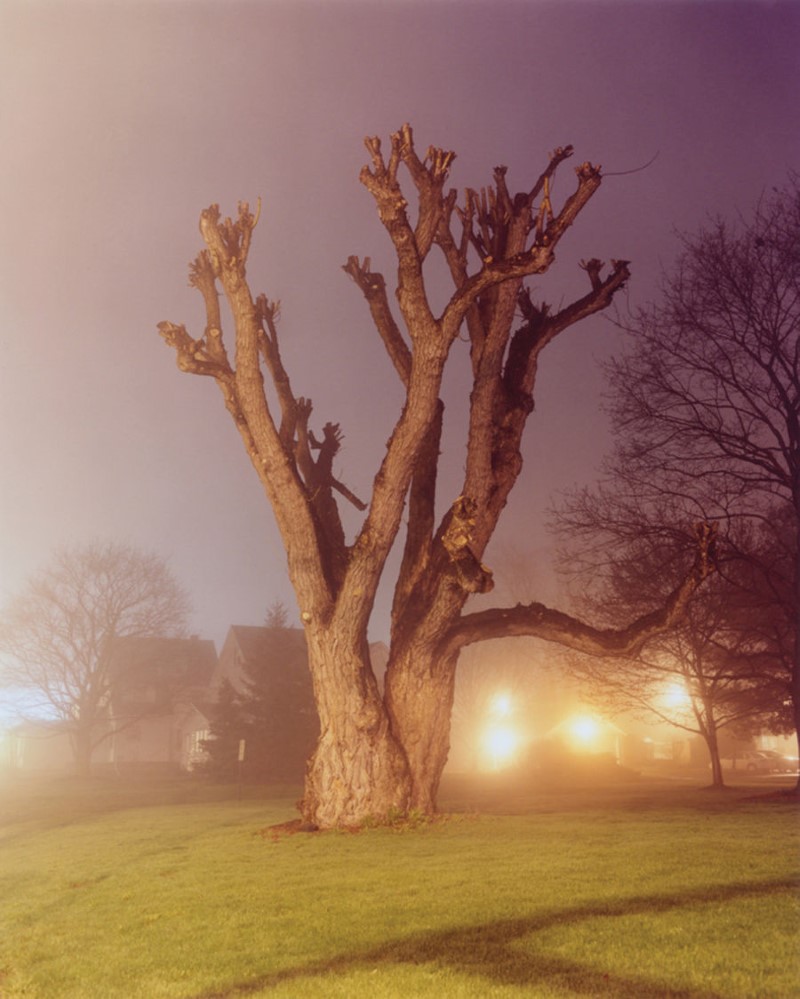
“How, for example, can an artist visually describe another person with some degree of ‘truth’? One might begin by accepting that it is impossible…”
How, for example, can an artist visually describe another person with some degree of “truth”? One might begin by accepting that it is impossible because one person can never fully understand another, and because visual translation of another person is entirely subjective. The inevitable subjectivity will make the work flawed, conceptually and ethically, but also has the potential to make the work successful. By accepting the impossibility of the task one is more likely to produce something successful, and therein lies the possibility of a more interesting form of documentary.
Traditionally, ethical objections to specific documentary-style photographic projects are made by white academics and levied at white photographers whose photographs of marginalized individuals are deemed mean or exploitative. To begin with, the presumption of white academics who believe that they are capable of determining how poverty and marginalization should or shouldn’t look is ludicrous. And here is where viewers’ fear, guilt, and repression play an important role. A highly-educated professor of photography once remarked to me that Richard Billingham’s book Ray’s A Laugh was cruel and exploitative of his father, who is a raging alcoholic. Without thinking much about it, I responded that growing up with an alcoholic father gave him the right to make pictures mean, if he so desired. For me, it was a strangely simple but powerful realization that under certain circumstances, it was okay, even appropriate, to take pictures that were not “nice.”
Let’s pause for a moment.
To be fair, I used to approach photography differently. Starting in 1999, I worked for three years on a project called Harvard Works Because We Do, which was published as a book in 2003. The book was about service employees—custodians, security guards and chefs—at Harvard University, where at the time I was getting a BA in History and Literature. In those years Harvard’s endowment was growing exponentially, but at the same time, the school was cutting the wages and benefits of these workers. Through portraits and interviews, I tried to tell this story of these employees, who described what it was like to work at the world’s wealthiest school while trying to raise a family on less than $9/hour. I also got heavily involved in a Living Wage Campaign, to pressure Harvard into paying these employees better. For three years, the book and the campaign took over my life. Ultimately, the campaign had a significant impact: Thousands of workers had their wages raised. But the photographs I produced were sub-par as art. There was no room for creative interpretation of the work; it had one meaning and worked in the service of one goal. The photographs were leaning on, and hiding behind, the correctness of my politics. I used a documentary aesthetic (which is often all that documentary means) and the appearance of objective truth to make my point. These individuals were struggling, and the school should have paid them better, but I was also learning how easy it was to manipulate the truth—and the viewer’s feelings—with photographs. Towards the end of the project, I was disenchanted by this method of working, even if I believed in the cause.
“Initially, for example, the following work did not sit comfortably with me, but in each case, after the shock wore off, it felt right as a description of marginalization: Boris Mikhaillov’s Case History, Katy Grannan’s Boulevard, Doug Rickard’s A New American Picture, and Robert Bergman’s A Kind of Rapture.”
I once saw a handbook made for doctors working in combat zones. The book contained gruesome photographs of badly wounded bodies. The photographs illustrated how to perform surgery—amputate, cauterize, etc.—while in the field. It is the best book on war I’ve ever seen. The images on the cover of The New York Times during the wars in Iraq and Afghanistan were, by contrast, so gorgeous, so romantic. They were artfully composed and beautifully-lit (sometimes even taken in “the golden hour”) and were some of the most lovely images I’d ever seen in the Times. I was troubled by these sunset postcards from the front. I was troubled by the wars we were fighting, and I felt the images from the war ought to be troubling as well, that they ought to contain a degree of terror, in fact. I was shocked that the Times was running such pleasing, tasteful images to “report” on the wars. Alas, it was, and is, hard times for journalism and photojournalism, and dismembered bodies don’t sell papers.
I have similar feelings of discomfort when looking at Sebastiao Salgado’s Serra Pelada pictures, because they are such stunning images, made in a place of such brutality. He’s a remarkably talented photographer, with a sixth sense for photographic beauty and compositional balance, and in the pits of hell he just couldn’t help himself. After all, who could? His just wasn’t the right sensibility, perhaps, to hit the right note. I find Diane Arbus’s work—much harsher and “uglier” than Salgado’s—less offensive. Susan Sontag’s disgust with Arbus is a classic example of the white academic accusing the white photographer of cruelty and exploitation, yet Arbus’ work has survived, and over time, as the shock wore off, has weathered the storm of Sontag’s writing. Nonetheless, Sontag’s assault on documentary photography has had a lasting impact. She is an undeniably brilliant thinker and writer, whose essays are some of the most profound and poetic ever written on the medium, but her precise, unrelenting sentences are devastating to the aspiring documentary photographer. Her writing—a staple of photographic education, along with Martha Rosler’s, if you’re in graduate school—has for years paralyzed photography students into inaction, too terrified to come close to the genre of documentary for fear of making an ethical misstep.
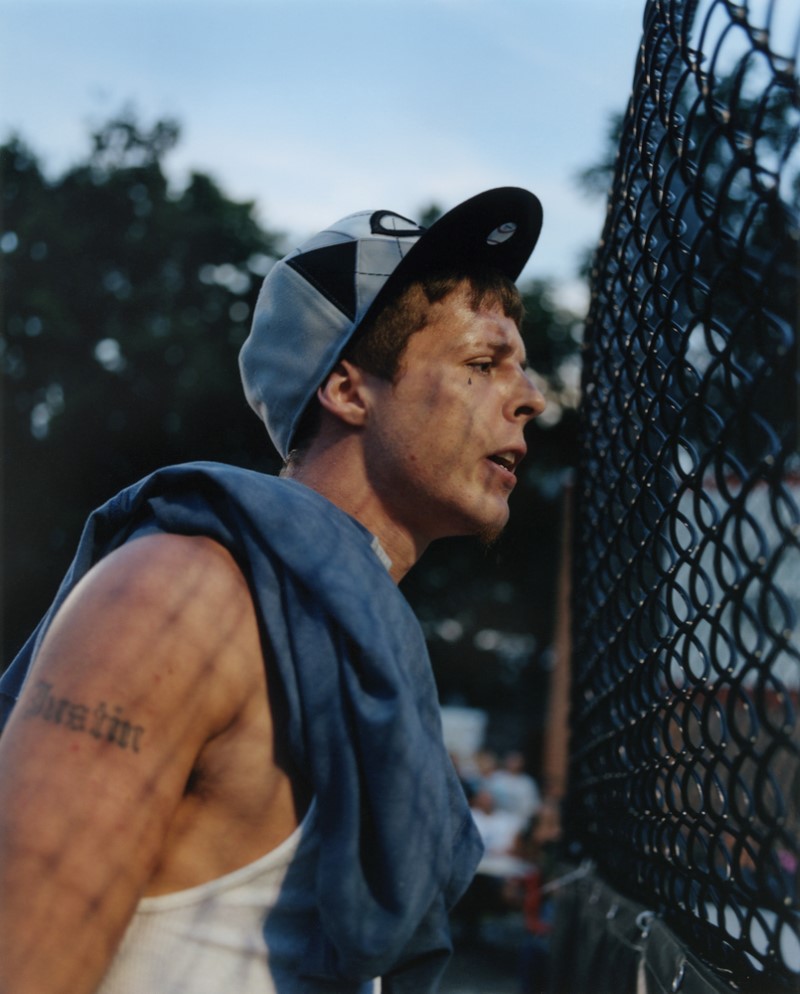
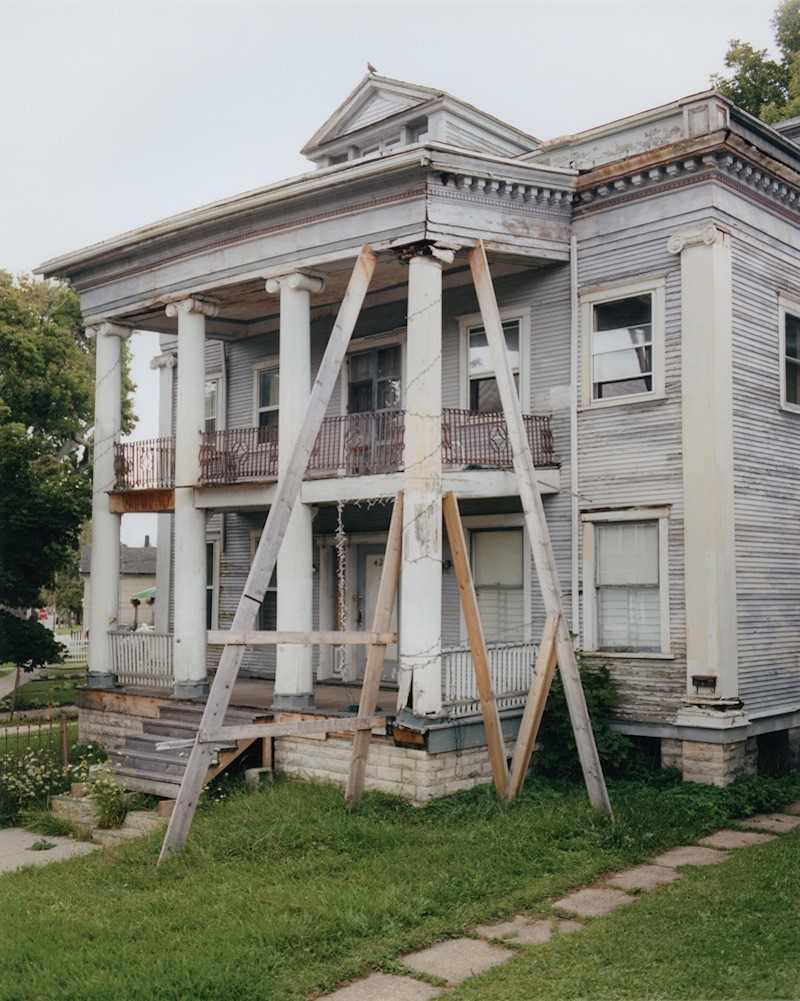
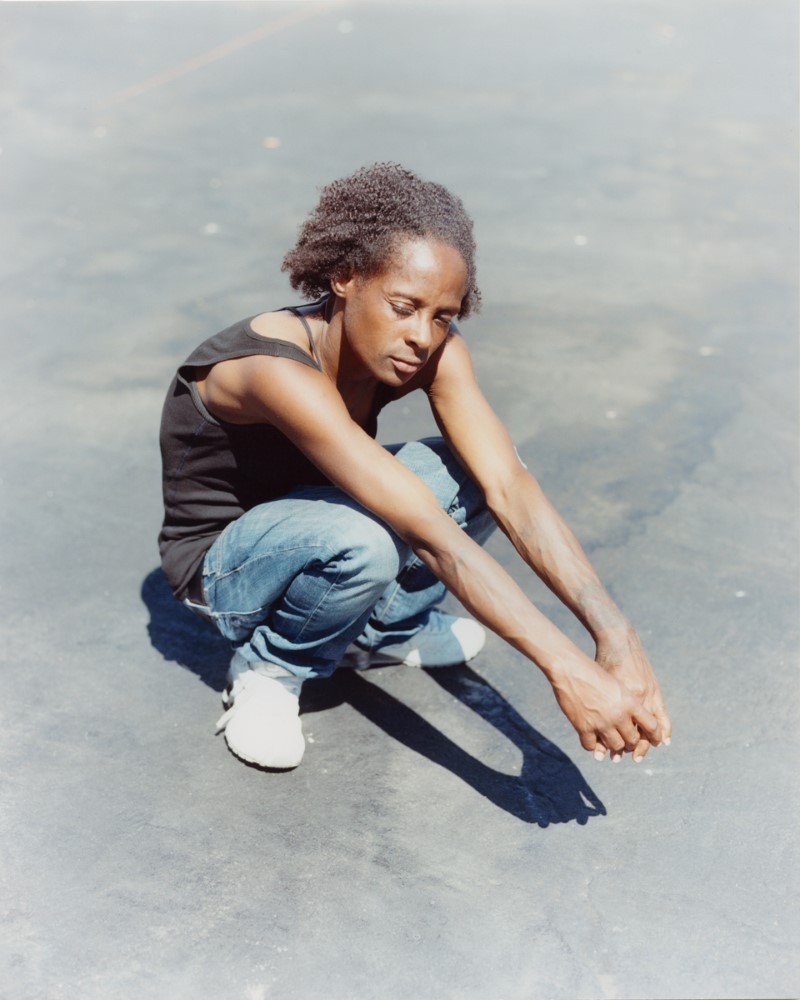
“Somehow, the distinction is never made between work that is simply unflattering and work that is cruel, exploitative or racist, although in our hyper-sensitivity we are quick to conflate the two.”
Somehow, the distinction is never made between work that is simply unflattering and work that is cruel, exploitative or racist, although in our hyper-sensitivity we are quick to conflate the two. Initially, for example, the following work did not sit comfortably with me, but in each case, after the shock wore off, it felt right as a description of marginalization: Boris Mikhaillov’s Case History, Katy Grannan’s Boulevard, Doug Rickard’s A New American Picture, and Robert Bergman’s A Kind of Rapture. These works have all at various times—and still do—upset people, although I am not unconvinced that work about the poor and/or extremely marginalized should not upset. And since when did artists stop being expected to upset? Photographers and viewers of photography tend to support “sensitive” and “tasteful” documentary style work, a fact that reveals, among other things, our guilt and discomfort looking at truly difficult work.
The guilt isn’t entirely unwarranted, both because of the facts of poverty and marginalization in America and because of the history of how cameras have been used. The colonialist history of white men travelling to colonies “owned” by their countries and photographing the “natives” was, and is, troubling in part because of the power imbalance between subject and photographer—a dynamic sometimes made obvious by the lack of clothing on the subjects. The work was sometimes used by colonialists and Christians to show the “potential” of the natives, to be civilized, colonized, Christianized. These extreme historical cases are helpful because they clarify a dynamic that to a limited extent, still exists.
Today, the tradition of photographers making somber, dignified portraits of poor people—the clichéd yet steadfastly popular kind where we are meant to interpret the dignity of these kind but struggling folks through their bright, crisp eyes—needs a reconsideration. Not only is this type of work uninteresting; it is actually offensive. Its aesthetic agenda is to pronounce, in a heavy-handed way, a judgment of goodness on its subject (i.e. “look into the eyes of this kind man; do not judge, for he is poor but good; he is your equal”). Traditionally, this has been a safe, widely condoned documentary strategy, but it is ultimately uninteresting—and unfaithful to the complexity of reality—to wrap people up into such a neat package of comprehensibility. Furthermore, this strategy is founded on two faulty premises—that the photographer knows his/her subject well enough to claim his/her dignity, and that the photographer has the ethical authority/superiority to make a judgment of goodness. If there is any kind of photography that recalls the colonialist-Christian mission, it is this.
“To photograph people in a less controlled and controlling way is not only more interesting, it’s more faithful to reality and more appropriate given the complexity and unpredictability of people.”
To photograph people in a less controlled and controlling way is not only more interesting, it’s more faithful to reality and more appropriate given the complexity and unpredictability of people. Perhaps the most offensive thing a photographer can do is to make a simplistic image of another person, an image that is easily interpreted, therefore denying the subject any complexity. It is a sign of progress and of a largely-reconstructed culture that we are so sensitive to behavior that in any way reminds us of our ugly past (with regard to our treatment of minorities and the poor). But another sign of progress would be a culture that allows for the possibility of ambiguity, difficulty and contradiction in its documentary work.
And with that, I’ll leave you with James Agee, whose “documentary work” with Walker Evans was made complete by his honest, brilliant and deeply personal subjectivity:
Get a radio or a photograph capable of the most extreme loudness possible, and sit and listen to a performance of Beethoven’s Seventh Symphony or Schubert’s C-Major Symphony. But I don’t mean just sit and listen. I mean this: Turn it on as loud as you can get it. Then get down on the floor and jam your ear as close into the loud speaker as you can get it and stay there, breathing as lightly as possible and not moving and neither eating nor smoking nor drinking. Concentrate everything you can into your hearing and into your body. You won’t hear it nicely. If it hurts you, be glad of it.
A.
Photographs by Gregory Halpern. Edited by Jason Fulford.
J & L Books, 2011. 96 pp., Color illustrations throughout, 9½x11¾”.
(All rights reserved. Text @ ASX and Cameron Van Loos. All images from A @ Gregory Halpern)








